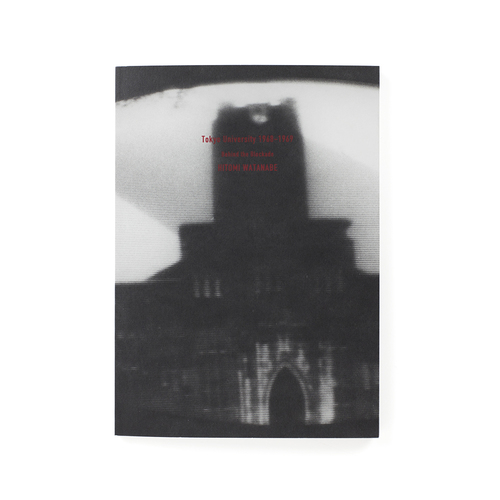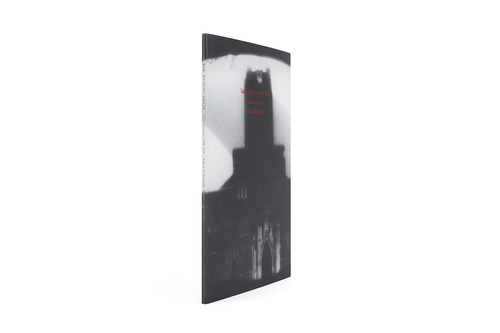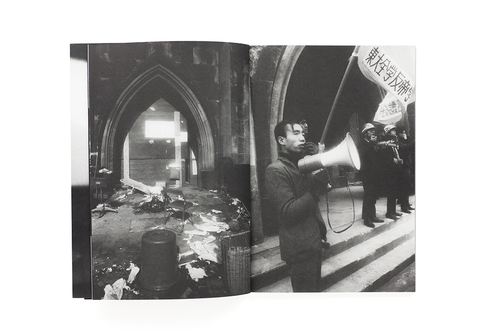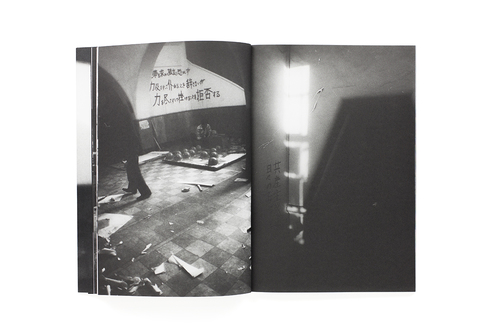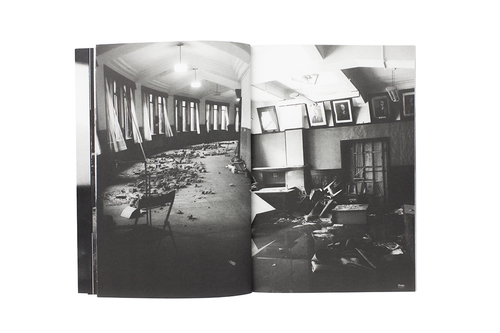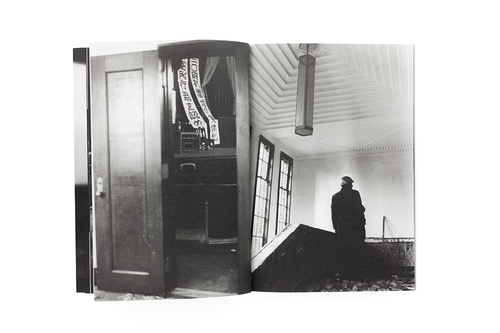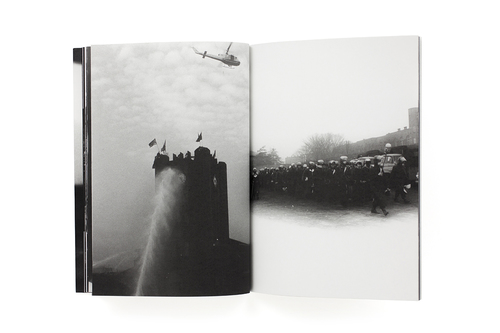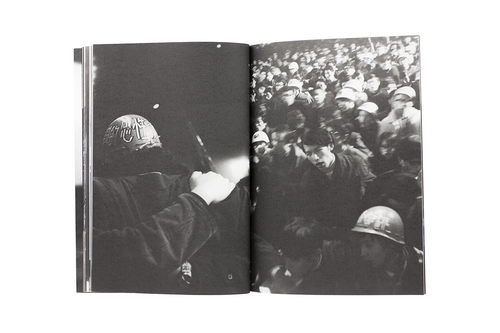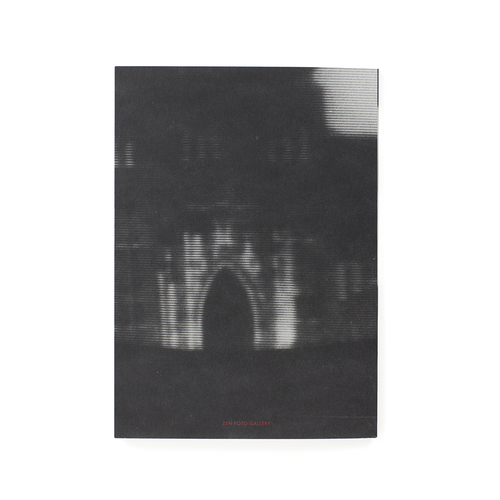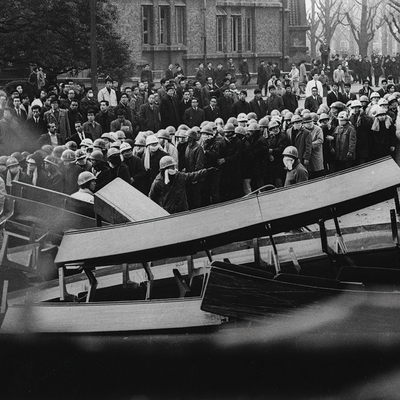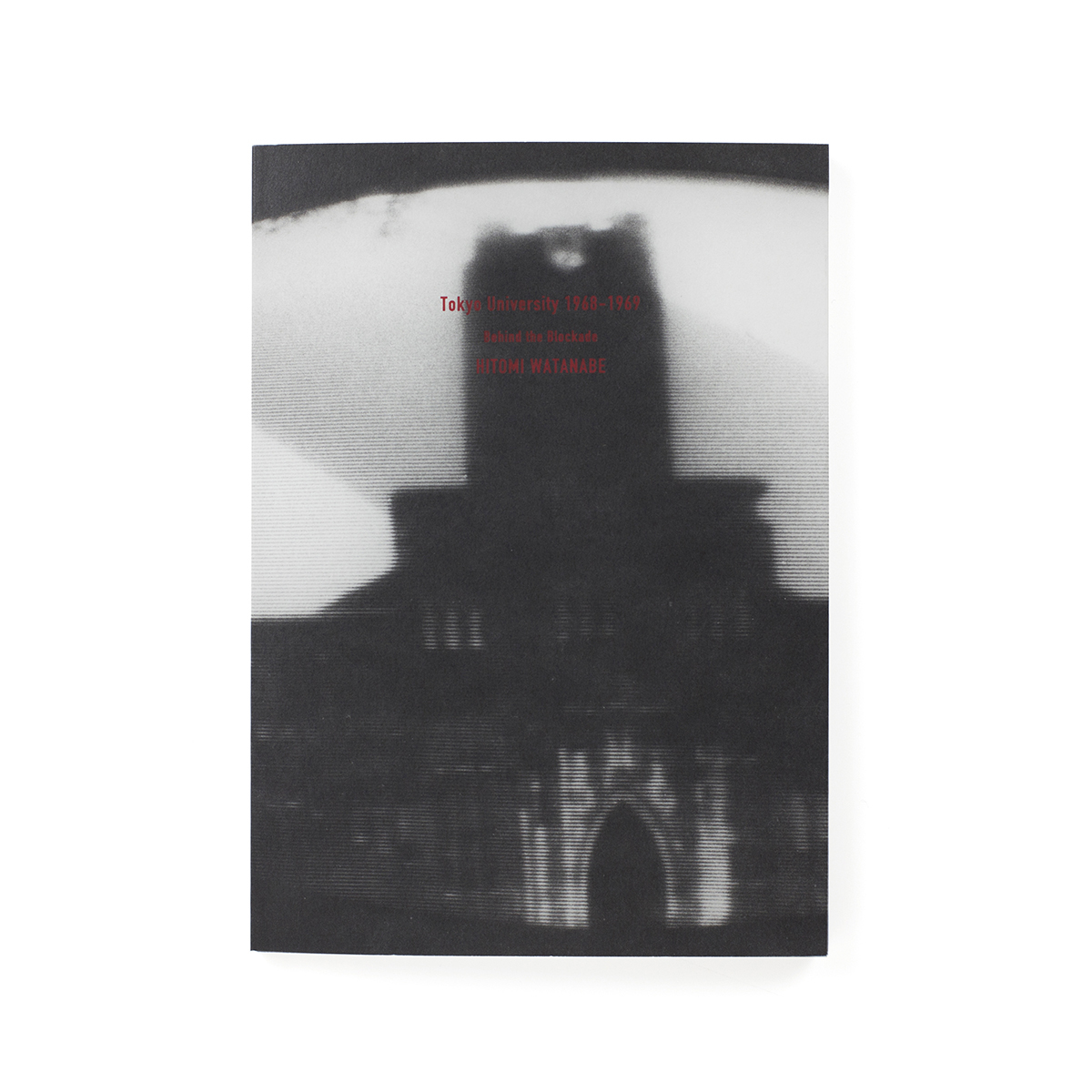
Tokyo University 1968-1969―Behind the Blockade
Limited
Published by Zen Photo Gallery in 2015, Hitomi Watanabe’s Tokyo University 1968-1968 - Behind the Blockade documents the student protests held at Tokyo University in 1968-1969. From clashes with riot police to student discussions, the photographs vividly capture life within the University walls where routine and riot were played out behind the backdrop of the international anti-war movement.
1968 was a year of instability - with the prolonged Vietnam war, student protests in Paris, repression of Czechoslovakia by those countries which were shaken by the “Prague Spring”. America saw the assassinations of Martin Luther King and Robert Kennedy. On the other hand, the Apollo mission landed on the moon the following year.
1968 was also the year I began photography. I wandered around downtown Shinjuku with a camera, capturing people and whatever caught my attention. One night, I came across a crowd causing great turmoil in Shinjuku. I learned that it was an international anti-war protest. Before that, the Vietnam War had seemed to me merely information transmitted from the media, but I felt its reality after joining the protest. As the Riot Police searchlight lit up students' helmets in the heaving crowd, their silhouettes would shiver violently. Student Power in Japan became a powerful tide fighting against society.
Around that time, I stepped foot into Tokyo University's Hongo Campus for the first time, and met Yoshitaka Yamamoto, who was then representative of Todai Zen-kyoto. He inspired me. It was he who made me so determined to document the Todai protests. Inside the barricades actually was an open space, into which non-local students, the general public and even high school students could go.
Forty-seven years have now passed since then, and some memories are dimming - but film creates new memory. The spirit of Zen-kyoto is brought back to life.
- Hitomi WATANABE
$24.92
- Book Size
- 257 x 178 mm
- Pages
- 48 page, 38 images
- Binding
- Softcover
- Publication Date
- 2015
- Language
- Japanese, English
- Limited Edition
- 500
